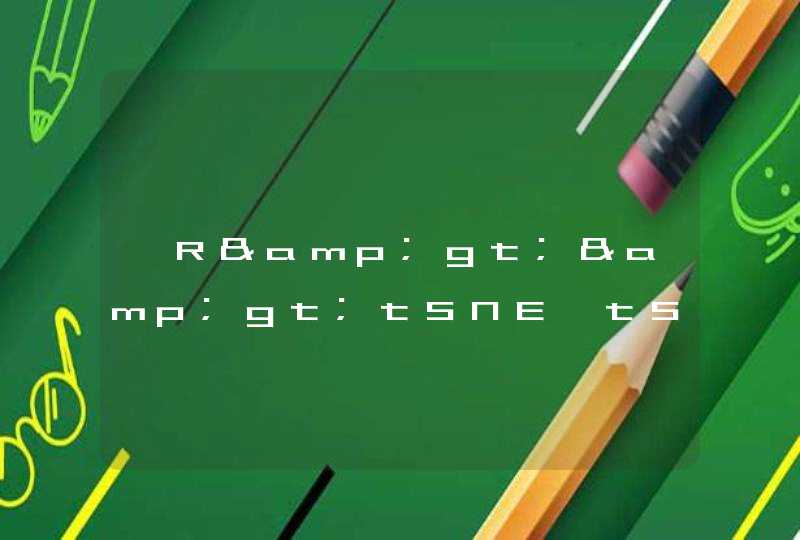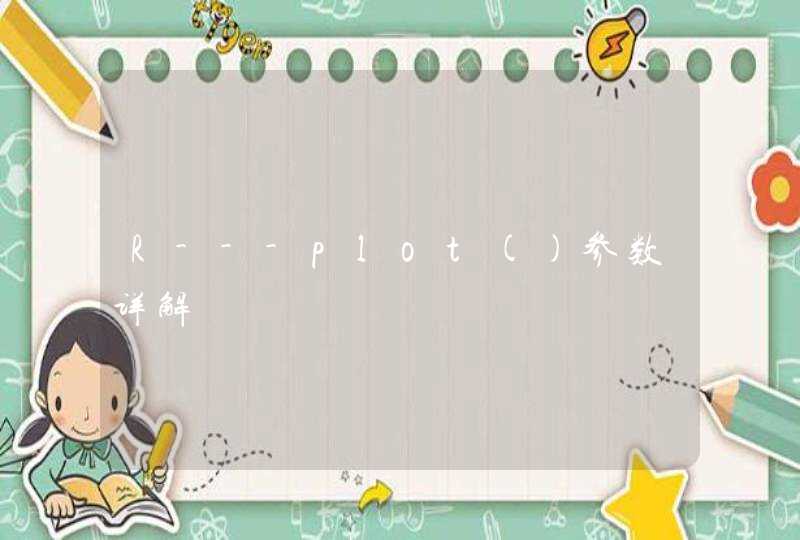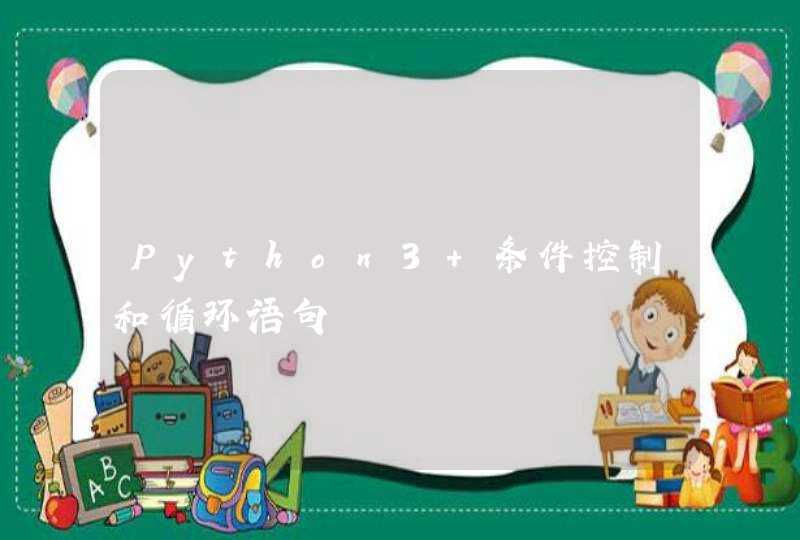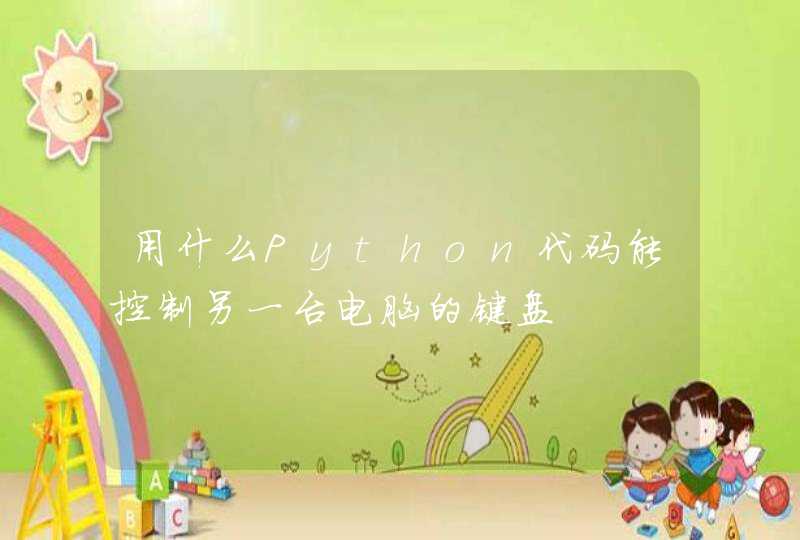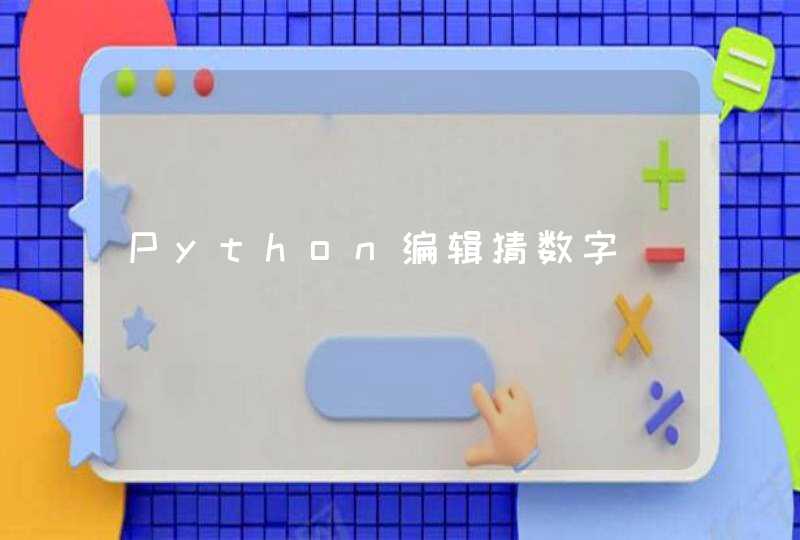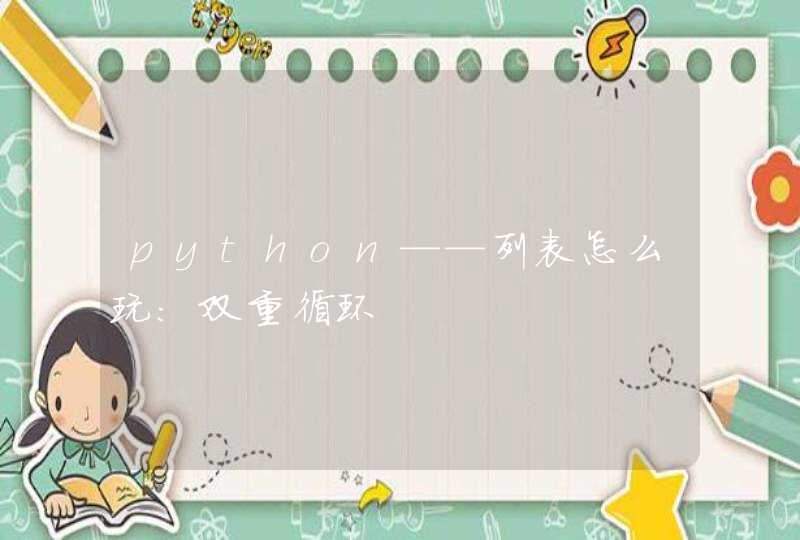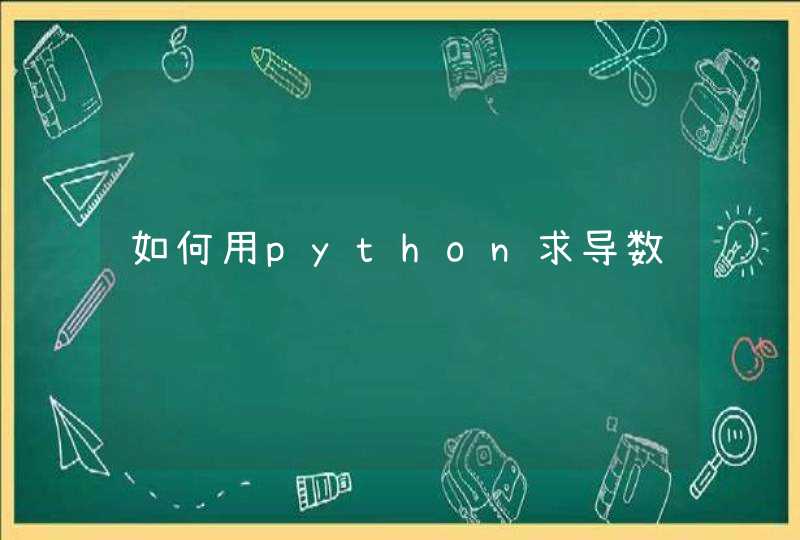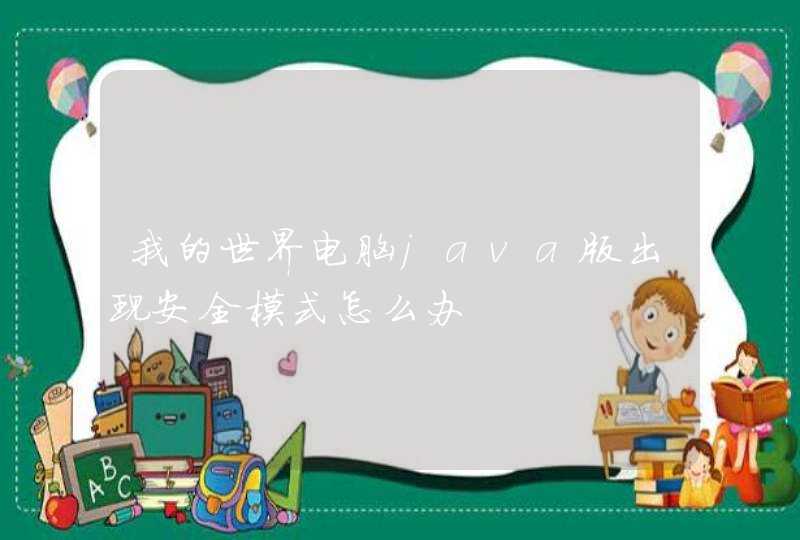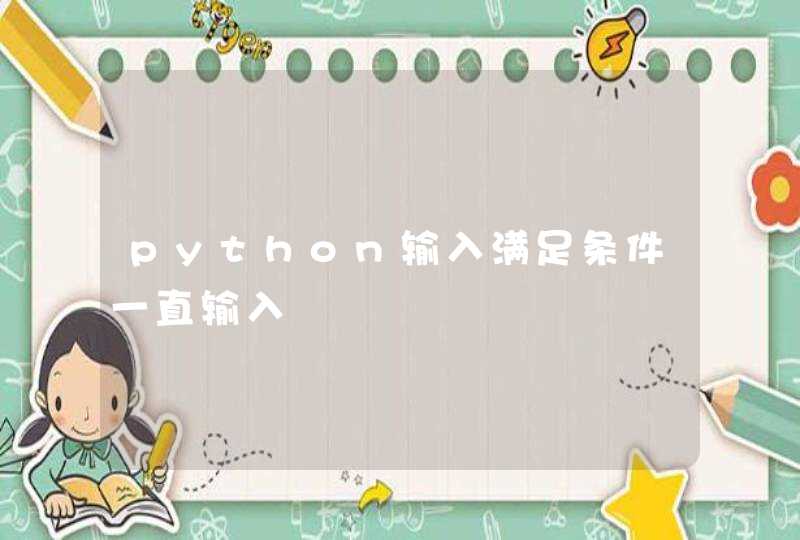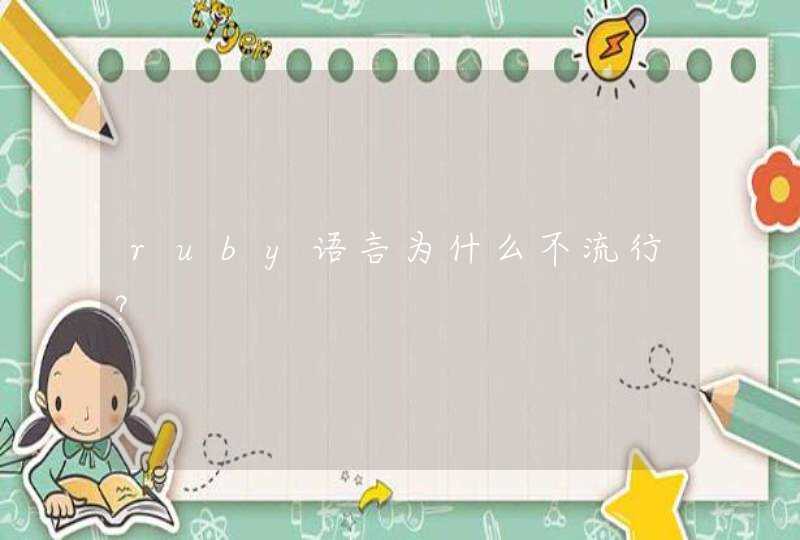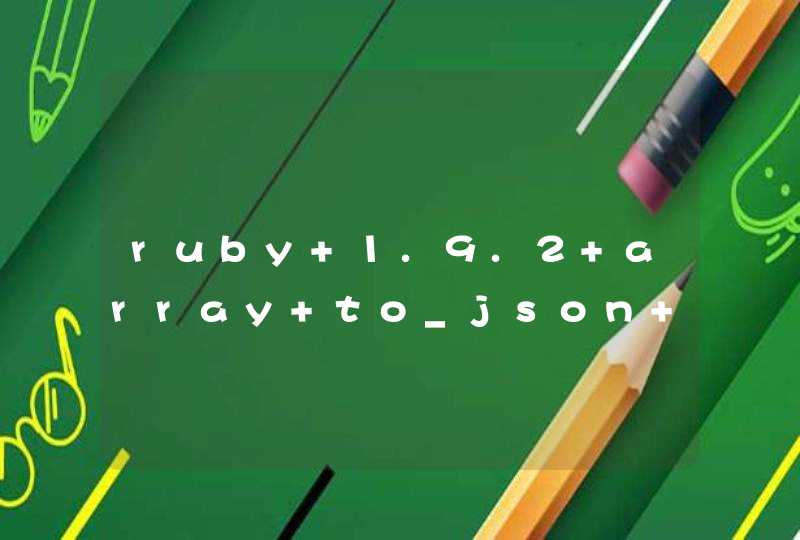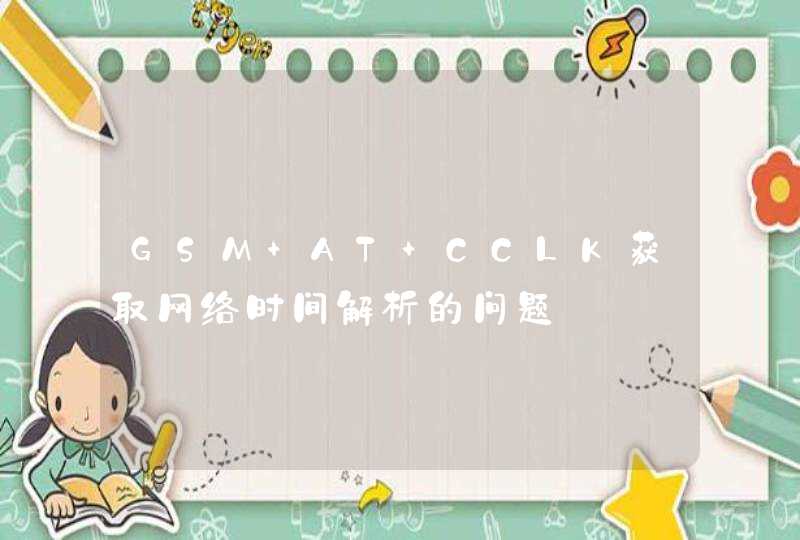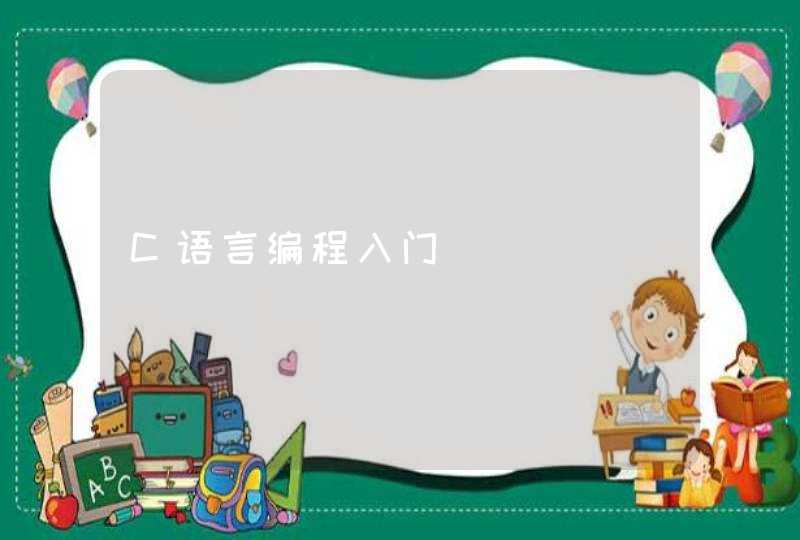
Go straight on英语教案:
教学目标:
1、培养学生自主参与语言实践活动,在活动中树立 英语学习 的信心,增强学生对英语学习的兴趣。
2、 培养学生听、说、读的能力以及交际的能力。
3、去掌握问路和指路的句型。
教学重点:
To practice the dialogue
教学难点:
Act the dialogues
教学 方法 :
1.情景教学法
2.自主学习 合作探究
教学准备:
多媒体 录音机
教学过程:
一、新课导入
情景导入对话
1.迷路了,怎么办?是否有过问路或是为别人指路的经历。
学习问路的 句子 ,Excuse me,Where is No.2West Lake Road?(说明英语中的地址如何表达)
练习问路的句子
2. 描述方位让学生知道东南西北的单词。
二、听力训练
听录音,看图片
三、对话处理
教师在黑板上画出四条街道,并标出简单的英文名称,分别表“go straight on,turn right,turn ,left”(提醒”where”的用法。
四、学以致用
(一)练习对话,进行巩固。
(二)表演对话。
(三)做游戏
1 传纸团。
2 找礼物。
五、作业设计
1.背诵对话。
2.抄写单词。
3. 做练习册
Go straight on教学设计:
教材简介:
本课教授的是《新标准英语第三册》(三年级起点)第二模块第一单元,教学内容是与方向有关的句子和问路的礼貌用语。
学生分析:
本课学习对象是本校四年级学生,他们活泼上进,有一定的英语基础,喜欢合作学习,有良好的课堂合作学习习惯,能静能动,集体观念较强。
教学目标:
1、知识技能目标:1.会用“Excuse me,where’s…please?”问路。
2、会用“Go straight on.Turn left .Turn righ.”指路。
3、情感目标:培养学生懂礼貌的品质,请别人帮忙要用“Excuse me ”“ please”等礼貌用语。
教学重点:
用英文问路、指路。
教具准备:
课件、一张由学校到自己家的路线图、“Left、 Right” 舞曲影碟
教学理念:
1、教学中要循序渐进,符合学生的认知规律。
2、教学不仅要教书,还要育人,要培养学生良好的学习习惯和行为品质。
3、要引导学生通过感知、体验、实践、参与与合作等方式,实现任务的目标要引导他们学会用语言做事情。
教学过程:
一、Greeting
T:Hi.Boys snd girls.
Ss:Hello.Ms zhao
T:You look happy.How are you today?
Ss:Very well.Thank you .And you?
T:I’m very well.Excuse me,what day is today?
Ss:It’s Friday.
T:Excuse me,what’s the weather like?
Ss:It’s …
二、warmer
1、(Play the video)
T:Boys and girls.Do you like dancing? Good.Stand up ,please.Look and the screen, follow the music , let’s dance .教师在前面示范。
Left.Right.Go.Turn around .Go go go.
Left.Right. Go.Turn around .Go go go.
三、Presentation
1、T talk to S1
T:Excuse me,give me a pencil-box,please?
S1 Pass a pencil-box to T.
2、T pretend to drop the pencil-box.
T:The pencil-box is lost .Where’s my pencil-box ?(Ss poit to it)
3、T:Oh .Go straight on. Turn left .It’s here.Thank you.
4、T:Boys and girls ,now, we’re learning dicretions.
板书Module 2 Directions
Go straight on(画图标)。 Turn left(画图标) .Turn right(画图标)。
四、Learning and pratice
1、Act and say:Go straight on. Turn left .Turn right.
T:(Turn right)
Ss: Go straight on.…
2、Read the three sentences.
3、Contest:listen and act
每大组派一名成员上台,教师发出口令,用上刚才学过的句子。如果学生反应快,教师加快口令的速度,增加游戏的趣味性。两个或多个一组,一人发口令,任务完成后快速坐好。
5、Group show and comments
小组展示,大家评出最佳小组。
先是个别学生评价,“Excuse me,which group is the winner? ”然后统一评价意见。
6、Talk about the text:
T:(Show the picture)This dog is Doudou. He’s lost.(作丢失、不知道在哪儿的动作)。
7、T:Where’s the dog’s house:?Please look at the screen, you will find the answer.
8、播放课件
Look.Sam.This dog is lost.My name is Doudou.I live in No. 2 West Lake Road.
9、S1 tells T where the dog’s house is.
10、Read
No. 2 West Lake Road.
11、Continue to watch the flash
Excuse me,Where’s No. 2 West Lake Road,please?
12、T:Excuse me,Where’s No. 2 West Lake Road,please?( 板书 )Do you know?
如果学生说出答案,教师不要急于表态,引导同学们看课件检查如回答不出,教师鼓励学生认真在课件中寻找答案。
13.Read the sentences
Turn left.Go straight on.Turn right.It’s next to a supermarket.
14.Read in role
A:Excuse me,Where’s No. 2 West Lake Road,please?
B:Turn left.Go straight on.Turn right.It’s next to a supermarket.
把Unit 1课件看完 .
五、task
1.Task 1:SB activity 3:find and say
A:Excuse me,where’s the supermarket ,please?
B:Go straight on…
2.Task 2 :Game
Use a scarf to cover S1’s eyes,the class guide him(her) to find his (her)book(pencil-box)
S:Good morning.May I help you?
S1:Yes.Excuse me,where’s my book,please?
S:Go straight on .Turn left.It’s in the desk.
S1:Thank you so much.
S:You’re welcome.
3、Task 3 :talk about the diretions
Show-pair-class
(1)T:Would you like to go to my house?
If you use “Excuse me,Where’s your house?”to ask me,I would like to tell you the dicretions.
T do the action of answering the call
T:Hello.This is Miss Wang.
S1:Hello.This is …Excuse me,where’s your house?
T:(拿出事先画好的由学校到自己家的路线图)Turn left…It’s next to a bookstore.
S1:Thank you. Bye-bye.
T:See you later.
2)Pair work
T:Welcome to my house.Which classmate’s house you would like to go?
You can ask him(her)the directions,be polite,ok?
3)Ask some Ss to talk in class
Step 6:dance
(Play the video)
T:Boy and girls.Are you tired?Do you want to dance? Ok.Let’s begin.
Activity after class:I’m a polite guide
英语教案的好坏影响着小学英语课堂教学的方方面面,下面我为大家带来Where did you go英语教案设计,供各位教师参考。Where did you go教案
教学内容:
Module 3 Unit 1 Where did you go ?
教学目标:
知识目标: 学生能听、说、认读本课的重点单词:the British Museum, the London Eye,weekend,place,how,best,took,trip,along,river,hour,twenty,minute能正确使用动词过去式能利用What did you do? Where did you go? 询问别人过去做的事情。
能力目标:正确描述和询问过去发生的事情
情感目标:培养学生学习的兴趣,鼓励学生积极合作,引导学生了解西方的名胜古迹。
教学重点:
学生能听说,认读单词the British Museum, the London Eye,weekend,place,how,best,took,trip,along,river,hour,twenty,minute能准确理解并熟练运用What did you do at the weekend? Where did you go? Where/How/When/What did…?
教学难点:
学生掌握本课的新单词及利用动词过去式的变化进行描述,使用动词过去式,询问过去发生的事情。 突破 措施 :借助中西国家的名胜古迹以及学生旅游见闻掌握重点句型。
学法指导:
小组交流合作、情景教学
课前准备:
课件、单词卡、贴画
教学过程:
Step1.热身导入
1.小组汇报交流周末的事情:What did you do at the weekend?Where did you go ?
2.Chant: 《Where did you go?》Listen and repeat.
Step2.课文学习
1.交流学生了解到的英国著名的景点。
2.出示Amy的图片,Where did she go at the weekend?
(1)T : Amy’s weekend is very nice.
She visited lots of places. Let’s listen to Amy and Daming. Then answer the question .
(2)Let’s see the wonderful places.课件呈现图片,但是学生可以选择任何一个图片的序号猜猜地点。通过猜一猜让学生增加兴趣。
T: Now please guess the places, you can choose the number and guess.
S1: Number 1.
T: What’s this?
S1: It’s the British Museum. 以同样的方式呈现 the London Eye, Big Ben。
教师让学生试读,然后领读几遍。
(3)以游戏的形式课件呈现学习单词,先让学生读,教师再教授:weekend,place,how,best,took,trip,along,river,hour,twenty,minute
3. What about Lingling’s weekend? 让学生观看视频并讨论问题
(1)What did she do at the weekend? Where did she go? What is the London Eye? How did she go to these places?
(2) Listen and repeat.
(3) Group work:小组合作,回答问题。
Step3 . Practice1
1.当学生已经理解并掌握单词含义后,让学生开始比赛巩固单词:利用课件快速闪现单词,要求学生快速整体认读。学生分组认读单词。
2.Watch the vedio and repeat ,then read in roles
3. 说说 自己的周末
T: Just now we talk about Amy’s weekend. Now let’s talk about our weekend. Who wants to show us your weekend?
请几个学生上台表演周末所做的事,其他同学猜一猜。
(1)Ss: What did you do at the weekend?
(2)S1进行表演。
(3)其他学生说出表演的内容。
Eg: Liyun went to the supermarket at the weekend.
Step4.Consolidation
1. 教师引导学生回答“What do you usually do at the weekend?”让学生将平时周末所做的活动罗列出来。点击课件,出示日历。指着上个周末问学生“What did you do at the weekend?”鼓励学生用学过的过去式回答 以学定教 循序渐进 以学定教 循序渐问题。
2. 教师准备一些风景名胜的图片,贴在教室的黑板上。如 “the Great Wall, Mt Tai, the Summer Palace.” 请两个学生上台活动,一个学生问 “Where did you go?” 另一学生站在不同图片前回答 “I went to the …”
(设计意图:通过生动活泼的活动,呈现本课重点句型。该活动能让学生动一动,学生在动的过程中既活跃了思维,又操练了新句型。)
Step5. Homework
1.介绍你与家人的上周末生活。
2.向你的好友介绍你的旅游经历,讲述你曾参观的名胜古迹。
(自选一个内容,并写下来。)
Where did you go教学 反思
这是一节情景对话课, 围绕“What did you do at the weekend? Where did you go?”展开。按照《小学英语课程标准》的要求,我结合 儿童 年龄特点、认知规律和心理特点处理教材、设计教材。我在组织教学中注重联系生活实际创设情景,采用了任务型教学,在活动中引导学生多种感官参与,使学生在愉快自信的氛围中锻炼了英语交际能力。
1、把快乐带入英语课堂,营造愉快的语言氛围。
利用歌谣开始本课教学,可以创设轻松的学习氛围,消除学生的紧张情绪,由歌曲《Where did you go?》引出了本课的重点句型,激发学生的兴趣。复习动词的过去式,为后面的教学环节做好铺垫。课堂上,我创设了有意义的情景,让枯燥的句型操练在充满趣味的实景中得到反复模仿与练习。词不离句,句不离景,学生对所学词句留下了深刻的印象。学生始终处于一种积极轻松的状态中学习新知识,体验到英语教学的趣味。
2、开展多种活动,注重语言的操练与运用。
课堂上,通过多种手段激发学生实践的热情,激发了学生的求知欲。紧密联系小学生的生活和学习实际,采用多种形式,借助直观教学法、游戏教学法、TPR教学法、情景教学法等丰富实用的 教学 方法 ,组织学生进行广泛深入的语言实践活动。不断变化教学形式,让学生时时产生新鲜感。以活动为主线,让学生在活动中学,在学习中交际。
Where did you go英语教案设计及反思相关 文章 :
1. Where did you go英语教案及教学反思
2. What did she play英语教案及教学反思
3. Did you break your toy英语教案及教学反思



